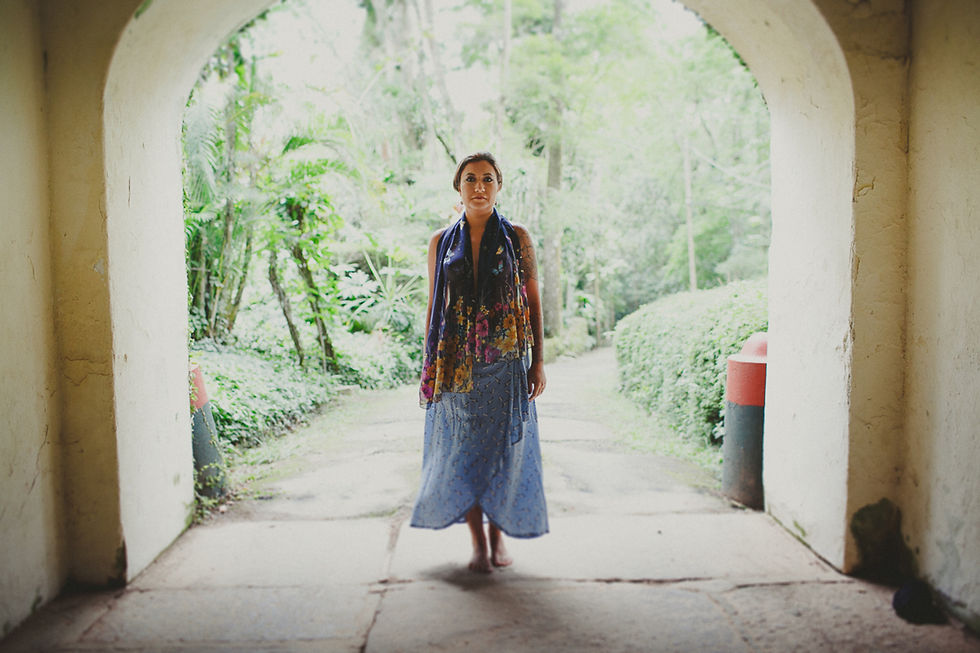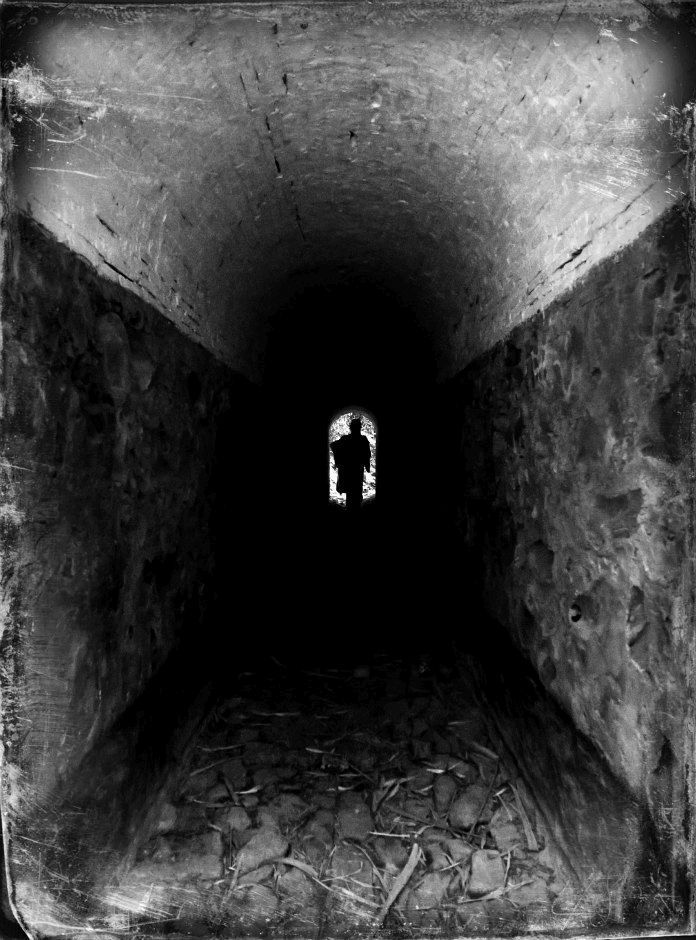An Invisible Weave: The Guidelines in Photographic Composition
- Angela Rosana

- Jul 6, 2023
- 3 min read
Have you ever come across photographic images that lead us to a kind of reverence? Which lead us down an unknown path, revealing surprising and impactful aesthetics? Behind these visually stunning compositions, there is an element that is often overlooked, but which has the power to transform a simple photograph into an artistic work: the guide lines.
Guidelines are visual elements that lead us to a point of interest in the photograph, creating a balanced and aesthetically pleasing composition. They can be real lines, like a fence, road, or bridge, or they can be imaginary lines, like a horizontal or vertical line. These lines have the amazing ability to direct the viewer's gaze, creating a sense of direction, movement and depth in the image.
In art in general, guide lines are widely used to convey intentionality and guide the viewer along a visual path. They are like invisible threads that guide us along the paths traced by the artist. In photography, they create dynamic and expressive compositions. Now, stop and reflect: how many times have you come across guidelines in nature and not noticed them? They are everywhere, disguised in the sinuous curves of rivers, in the imposing shapes of mountains, in the delicate branches of trees. It's as if nature itself conspires against visual monotony, patiently waiting to be discovered and explored.
When looking at a photograph, looking through these lines, allow yourself to question what they are trying to tell you. Where are you heading? What is the focal point they highlight? From these reflections, you will begin to see the world differently, realizing the magic of the subtle lines that intertwine around us.
In art history, we find many fascinating examples of the use of guide lines. During the Renaissance, artists such as Leonardo da Vinci and Raphael used diagonal and curved lines to create harmonious and balanced compositions. An iconic example is Leonardo da Vinci's "Last Supper", where the converging lines of the room's walls direct the viewer's gaze to the central point of the painting.
Japanese art, such as traditional sumi-e painting and ukiyo-e printmaking, also incorporate subtle guiding lines to create a sense of movement and direct the viewer's gaze. These lines can be found in landscapes, portraits, or even natural elements like tree branches or waterways.
In abstract art, straight, curved and diagonal lines are explored by artists such as Wassily Kandinsky and Piet Mondrian to create rhythm, balance and visual tension in their works. Graphic design uses guidelines to organize visual elements in a balanced and attractive way, applying principles such as the Rule of Thirds and the Golden Ratio.

Architects use straight, curved or diagonal lines to guide the movement of occupants, highlight important architectural elements and create a sense of fluidity and harmony in built space.
It is very interesting when we realize that the guidelines are a powerful and multifaceted element. They are present not only in photography, but also in various forms of art. Now is the time to open our eyes to the world around us and discover the lines that surround us.
When we start to really notice lines around us, a conspiracy against the normality of conventional images takes place. Explore the guidelines present in nature, let yourself be mesmerized by their intrinsic harmony and make them the protagonists in your photographic compositions.
Discover the power in natural forms and challenge yourself to capture images that transcend simple visual representation, stirring emotions and inspiring others to see the world with new eyes. The world is full of guidelines waiting to be recognized.
Written by Angela Rosana, learn more about me here.< /span>Credits to the photographers appear on the images, with links to their respective Instagram profiles.Find out more about each other's work!If you liked this article, leave your review at the bottom of the page!Read other articles here< /span>Visit our InstagramPublished on Instagram on 07/07/2023
















Comments